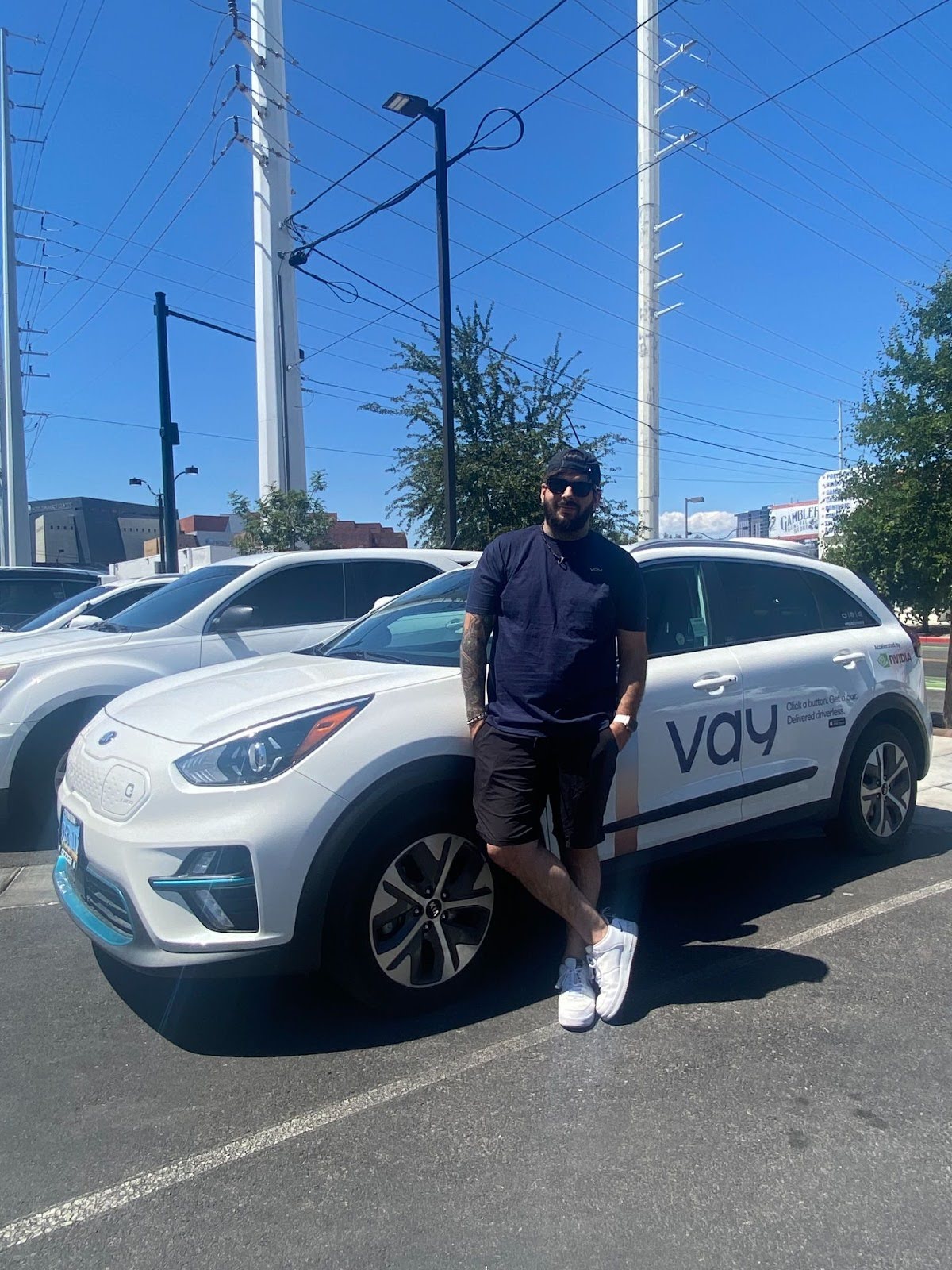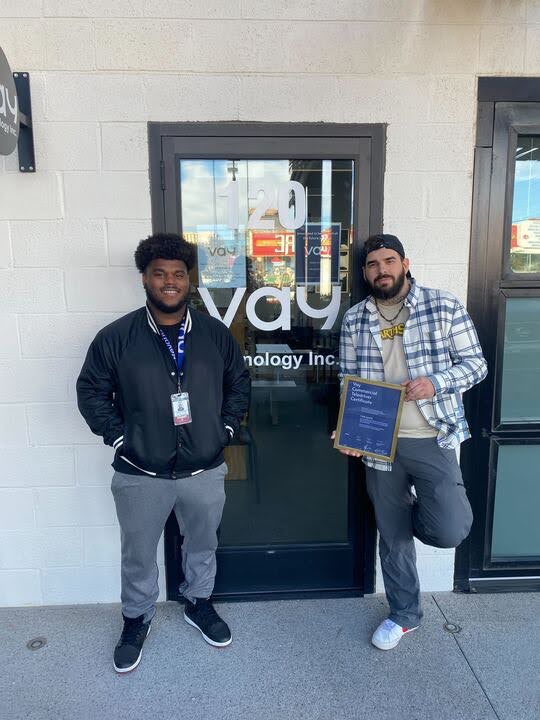Vay recently announced a strategic partnership with Kodiak Robotics, a leader in autonomous vehicle technology, to enable Assisted Autonomy technology. This allows a human to remotely control a truck in scenarios that benefit from human involvement.
Read about Cole, our first Remote Truck Driver, and the job that’s already revolutionizing the trucking industry.

Can you tell us about your experience as a Truck Driver?
I have about three years of experience in over-the-road driving, mostly focusing on pharmaceutical loads and specialty items. After my time on the road, I spent the better part of a year working in Las Vegas, delivering metal and coils to local businesses.
What are the main differences between being a Remote Truck Driver and a traditional truck driver?
You’re sitting in an air-conditioned office, and you’re not subject to elements like the bouncy suspension or the smell of diesel in the vehicle. In a traditional trucking job, you are alone for about 99% of the time. Vay allows you to grow into a team you can rely on and collaborate with. You definitely feel more socially engaged here than at any trucking company.
Why do you feel remote driving is valuable to the wider trucking industry?
Remote driving in trucking supercharges efficiency. There’s a significant amount of “dead heading” in trucking, which is driving without a load to get to the next pickup. At Vay, a truck driver can board the next truck hundreds of miles away remotely rather than driving over to make that load happen. That cuts down on fuel and driver costs, as well as time. The implications of our technology for the trucking and driverless industry are huge, and I wanted to be a part of that.

What are the implications of Vay’s remote driving technology for real truck-driving use cases?
We are getting truck drivers out of the driver’s seat and allowing them not only the flexibility of getting behind the wheel through remote driving technology, but also guaranteeing they will be home at night afterward.
What kind of training or simulation do Remote Truck Drivers go through?
Vay’s Remote Drivers train hundreds of kilometers with someone in the car – a Safety Driver – before they are driving a car fully remotely. There is additional training when it comes to operating on the truck team. I went through an additional 1000 KM of remote driving, which includes further “Private Grounds” operations involving obstacle courses with cones, as well as driving around the greater Las Vegas area in our fleet of cars. This is combined with monitoring trucks driving autonomously through our designated areas in other states as well.

How do shifts work, and how flexible are they?
At Vay, we work 8-hour blocks five days per week. When it comes to trucking, this is extremely nice for home life. I get to spend every night in my own bed, and I am not worried about maximizing a DOT (Department of Transportation) clock. It allows me to work a normal office job while still utilizing my skills as a Remote Truck Driving trainer and Commercial Driver’s License (CDL).
This is different from being a traditional truck driver, where schedules and shifts are usually longer – averaging 11-hour shifts and 70 hours per week.
What is the most challenging part of the job?
Explaining what I do to my friends and former coworkers has been the most challenging part. I needed to explain every aspect in detail, but once they see how it works and what we do for people, it just clicks.
What is the most rewarding part of the job?I love showcasing our technology to truck drivers who have decades of experience driving on the road and showing them something they’ve never seen before. We are a new sector of the market, but our applications to the trucking industry are undeniable.










